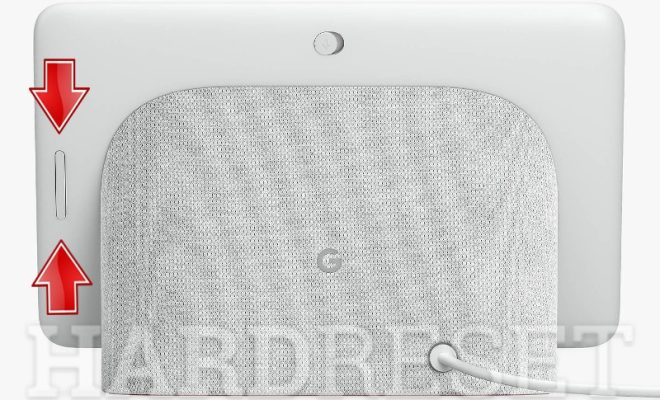A Beginner’s Guide to the Windows Command Prompt

The Windows Command Prompt is a powerful tool that can help you perform various tasks on your computer. If you are new to using the Command Prompt, it can seem intimidating, but with a little guidance, even beginners can become proficient in using it. In this article, we’ll take a step-by-step approach to help you master the Windows Command Prompt.
What is the Windows Command Prompt?
The Windows Command Prompt is a command-line interface that allows you to perform tasks on your computer by typing in specific commands. It is a powerful tool that you can use to perform various functions such as navigating your computer’s file system, performing network diagnostics, and running various utility programs.
Before we proceed, it is important to note that some of the commands we will be discussing require administrative privileges. Therefore, if you are using an account that does not have administrative privileges, you may not be able to run some of the commands.
How to Access the Command Prompt
There are different ways you can access the Windows Command Prompt:
1. Using the Run Dialog Box: Press the Windows key + R on your keyboard, type cmd in the Run dialog box, and click OK.
2. Using the Start Menu: Click on the Start Menu and type cmd in the search box. Then, click on the Command Prompt option that appears.
3. Using the Power User Menu: Press the Windows key + X on your keyboard, and click on Command Prompt in the Power User Menu that appears.
Navigating the Command Prompt
When you first launch the Command Prompt, you will see a window with a black background and a blinking cursor. This cursor indicates the location where you can enter the commands.
If you are familiar with the command-line interface, you will notice that the Command Prompt operates in a similar fashion. You can navigate through the different directories and perform various operations by typing in specific commands.
Here are some of the basic commands you can use to navigate the Command Prompt:
1. CD: This stands for “change directory.” You can use it to move from one directory to another. For example, if you want to go to the Downloads directory, type cd Downloads and press Enter.
2. DIR: This command will display a list of files and folders in a given directory. To use it, simply type dir and press Enter.
3. MD: This command is used to create a new directory. To create a new directory called Test, type md Test and press Enter.
4. RD: This command is used to remove or delete a directory. To delete the Test directory we created earlier, type rd Test and press Enter.
5. CD..: This command will take you to the parent directory. For example, if you are in the C:\Windows\System32 directory and you want to go to the C:\Windows directory, type cd.. and press Enter.
Other Advanced Commands
Apart from the basic navigation commands, there are other advanced commands that you can use in the Command Prompt. Here are some of them:
1. ASSOC: This command displays or modifies file associations. For example, if you want to see the file-type associations for .txt files, type assoc .txt and press Enter.
2. NETSTAT: This command displays active network connections and their respective protocols. For example, if you want to view all active network connections, type netstat and press Enter.
3. IPCONFIG: This command displays the IP configuration of your computer. To use it, type ipconfig and press Enter.
4. CHKDSK: This command checks the integrity of your hard disk and repairs errors if possible. To use it, type chkdsk and press Enter.






